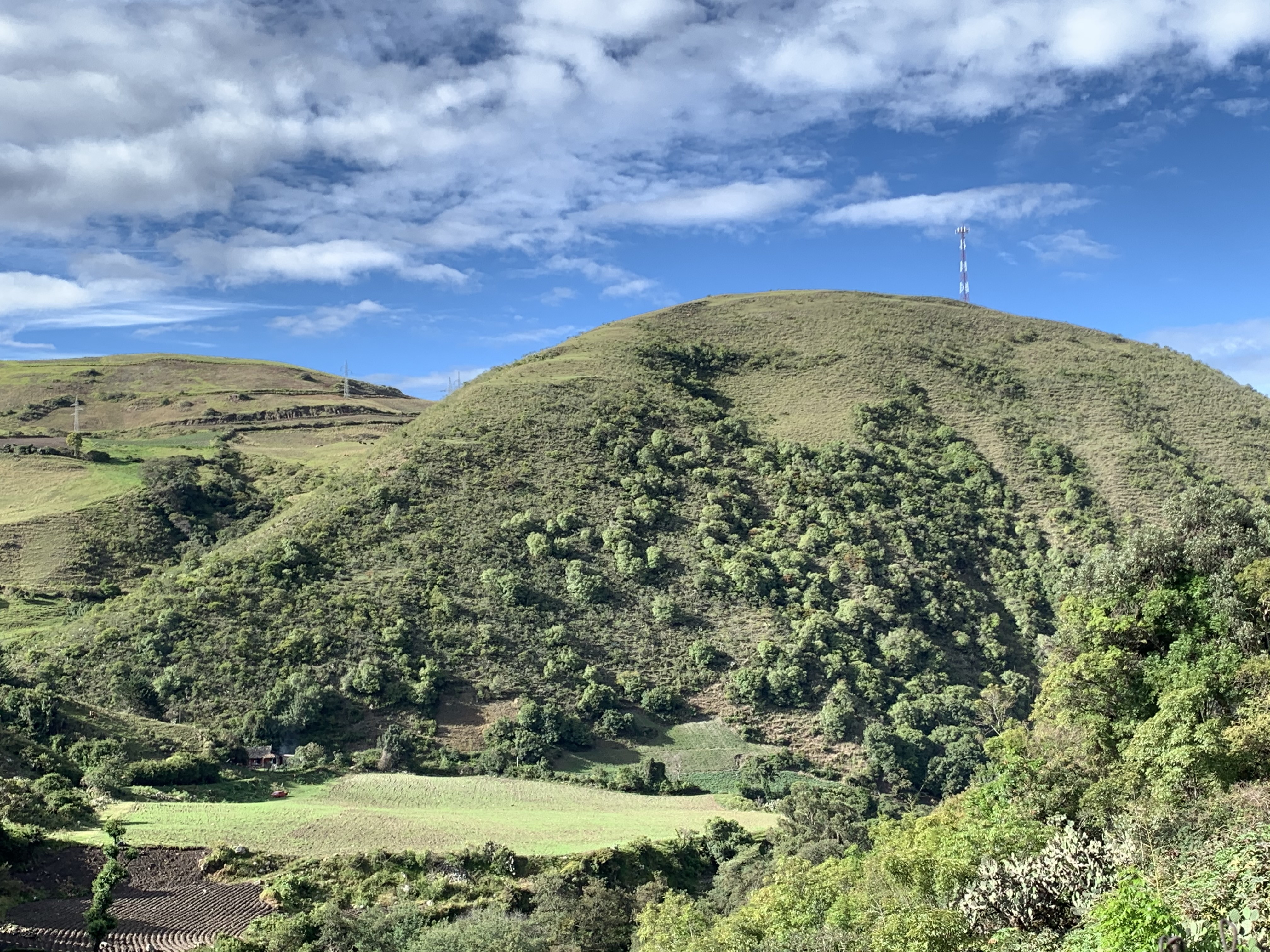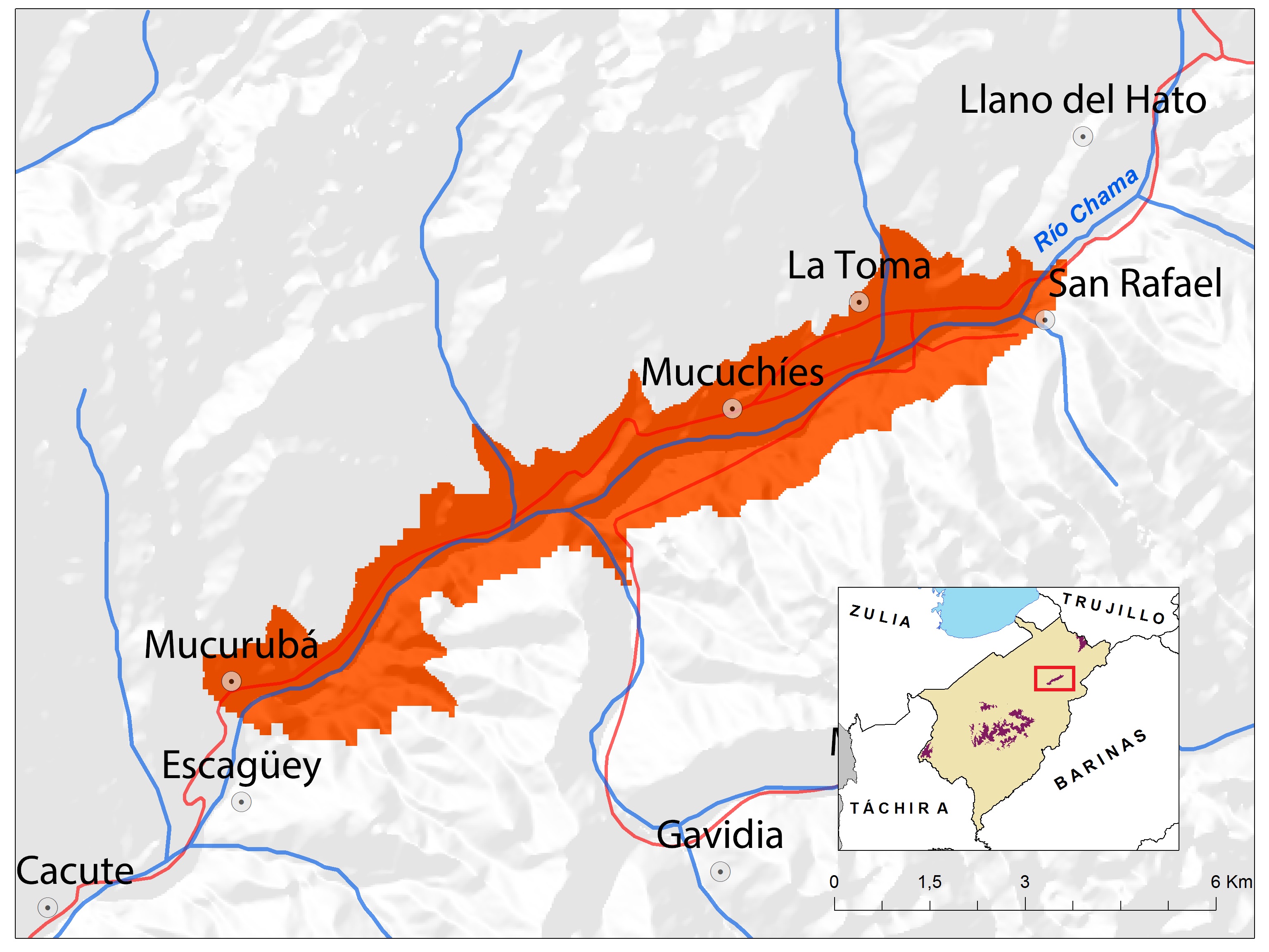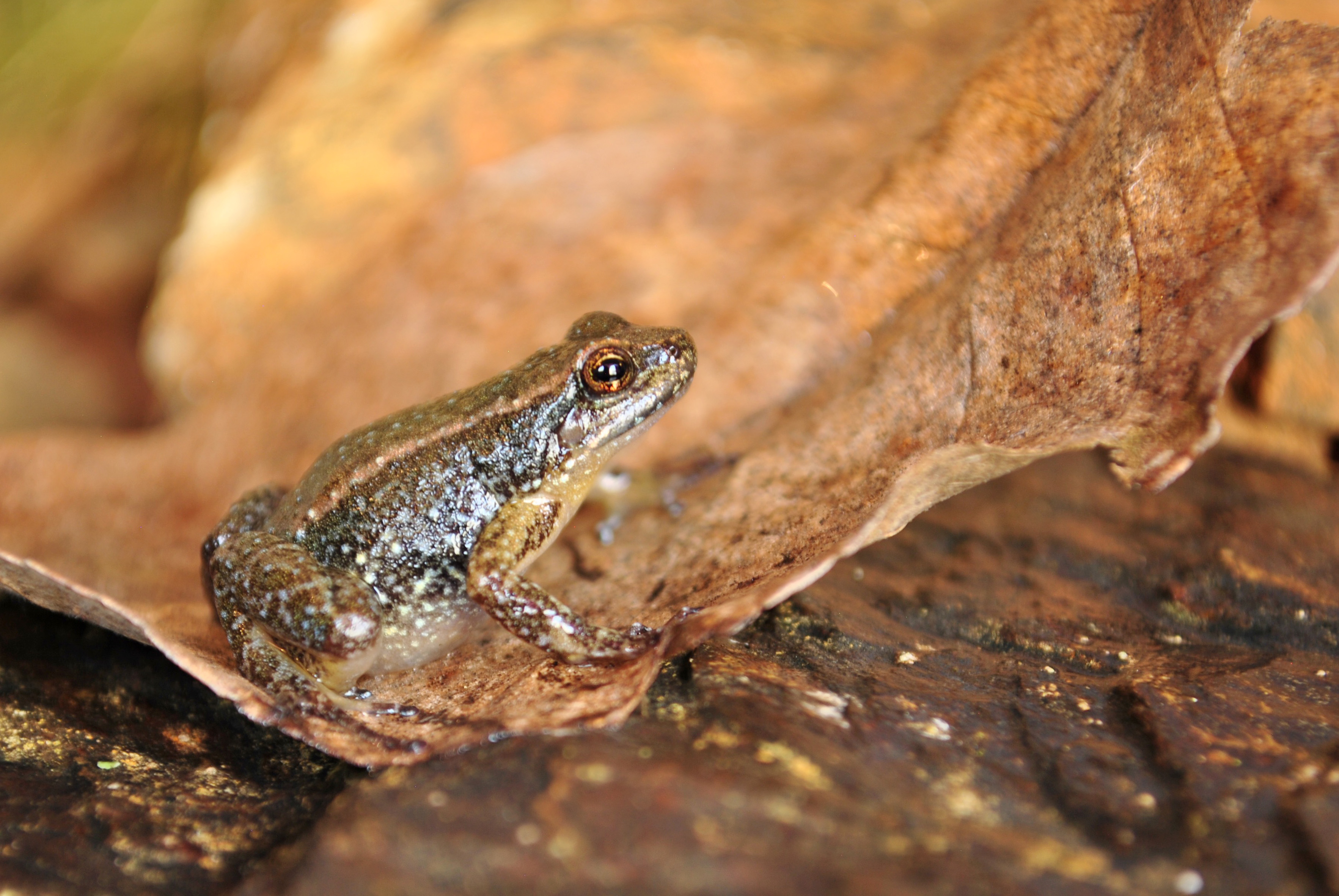In 2021, we received approximately 50 applications from the ASA Start-up Conservation Grants call. On the one hand, this high number of applications demonstrates there are amazing amphibian conservation projects being conducted worldwide. However, it also illustrates how many organisations are in urgent need of funding to conserve amphibians. Because our resources are unfortunately limited, the ASA is only able to fund a small proportion of the projects that have applied for our grants. However, because we consider all projects to be important for advancing amphibian conservation around the world, we would like to publicise them on our platforms, to help draw the attention of other funding entities, potential collaborators and/or partners.
Below you can learn more about the project Rewilding a critical ecosystem to save a critically endangered frog proposed by Rescue of Endangered Venezuelan Amphibians (REVA) Conservation Center (Enrique La Marca, [email protected]).
This initiative is an integrative conservation approach to rescue the Critically Endangered Mucuchíes frog (Aromobates zippeli). To achieve this, we will run in situ and ex situ conservation, as well as community work. It is part of a larger project addressed to recover a representative portion of the endangered Dry Montane Forest ecosystem. Our preliminary working experience in the area, that includes a key historical estate, the local community and touristic lodgings, indicates that local people are eagerly to participate in the project. Organizations and government agencies may be also involved to complete a more comprehensive approach to the conservation efforts.
During the project, we will be gathering ecological and geographic distribution data on the Mucuchíes frog. The Rescue for Endangered Venezuelan Amphibians (REVA) Conservation Center at Merida city have a successful ex situ conservation program with this species and we support it. We will publish a paper dealing with the biology, biogeography and conservation of this frog species, as an outcome of our research. We already wrote a Species Action plan that we would apply to broaden its scope and contents. As a follow-up, we will publish a Recovery Plan for the species to set the basis for a long-term continuation of the project.
Since the populations of this amphibian are usually associated with rivulets and water springs, we plan to rewild (ecological restoration) the altered habitats with the collaboration of local participants, to care for the currently degraded vegetation. We expect to recreate better habitat conditions, which will be quantitative and qualitatively measured and monitored. This small-scale reforestation project is in line with the recent United Nations Decade on Ecosystem Restoration theme that has led to an increasing interest in habitat restoration around the world.
With the participation of the regional people, we plan to develop a project for a local greenhouse facility to harbor native seedlings of the Dry Montane Forest. The isolated high dry montane forest found only in this region will benefit through this pioneer conservation initiative in the Venezuelan Andes. The Mucuchíes frog will be a key species to raise concern not only on the Dry Montane Forest, but also on other threatened regional amphibians and reptiles. The greenhouse will be a place for hands-on teaching to young students from regional educational institutions.
To complete the conservation strategy, we will focus on local inhabitants through a conservation education programintended to reach a wider audience with the aid of podcasts to radio stations, videos for regional TV, and articles for press releases and internet web sites. We also intend to produce tryptic and posters to distribute freely among regional people. The ultimate goal of this conservation educational approach is to create people awareness on their unique type of montane forest and the species it holds. Additionally, it will raise concern on and propose solutions to the water problems in the area.
We are seeking for patrons and potentials donors to this initiative; we thank in advance all the help we may have.

Remanentes de bosque seco Montano (Photo by Enrique La Marca)

El Mocao sector (Photo by Enrique La Marca)

Map of Montane dry forest in Chama river basin (created by Enrique La Marca)

